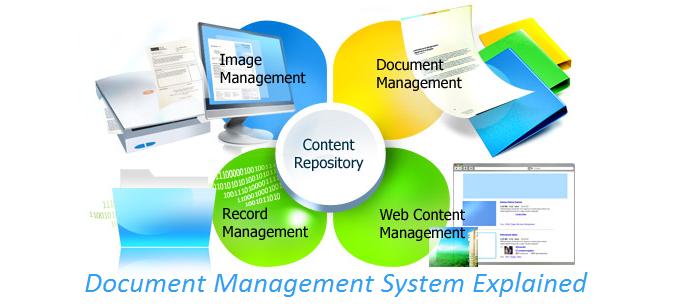Document Management System Explained
 In organizations of the twenty-first century the concept of Electronic Document has a vital importance. The document, be it text, image, video, or even virtual reality, has become the basic element of management for each business user.
In organizations of the twenty-first century the concept of Electronic Document has a vital importance. The document, be it text, image, video, or even virtual reality, has become the basic element of management for each business user.
The advantages of using a document management application are numerous and not just pass by factors that act directly to reduce costs.
Advantages of using a document management application
A set of non-negligible advantage of the use of a document management system, is to reduce costs. But the advantages do not stop at cutting costs. The increase in performance, the standardization process, shortening the time to educate a new human element of how the organization operates, are other obvious advantages.
One of the advantages of a document management system is the great reduction in the cost of copying, with a consequent reduction in the file space. Cost reduction remains one of the administrative efficiencies that are reflected in cutting operational costs.
With document management system, the efficiency of search of any document is greatly enhanced, as well as ease of forwarding the same. With a document management application, it becomes possible to manage the file in a centralized organization, with all the advantages that this entails in terms of access and availability of information. To this end, it is possible to further standardize the document, its processes and procedures at all valuable securities, and a knowledge edge over all flows of information (documents and processes), a necessary condition for control.
Standardization Of Documents
The document management allows the standardization of all types of documents in the organization, whether purchased electronically or on paper more often.
Additionally, the documents of the institution, the document management system, also manages the documents of internal entities and external entities that interact with it, such as customers and suppliers, thus allowing a desirable standardization of processes.
Characteristics of most document management systems
Web Interface
Provide a designated, user friendly web interface, or enable interaction with an interface well known to the user – a simple browser, which is used when the user accesses the web pages, be it Internet Explorer, Firefox, Opera, Chrome or any other.
Interface of document management systems are often integrated with productivity software packages such as Microsoft Office tools (Word, Excel, Powerpoint and Outlook) and OpenOffice to speak further popularized in two packages.
A key feature of these systems is the guarantee that produces an effective normalization of entities inside and outside the organization, and all documents produced.
Multi-format
Allows storage of all materials on the organization (scans, emails, Word, Excel, PowerPoint, PDF, and any other possible formats).
Classification of Documents
Implement a system for classifying documents based on a criteria defined by the organization who may rely on their own business processes.
Versioning
Implement a system for creating, editing, version management and circulation of WTO documents.
An effective search maintaining documents and indexed to facilitate searching thereof.
Search Tool
Advanced search for documents, circulations, orders, tasks and processes free text.
Some systems have integration with fax server, which allows receiving and sending faxes directly from the document management system
Database
Full integration of data into a database tool seamlessly integrated systems and other projects of the company, the tool that can be used is Microsoft SQL Server, MySQL, PostgreSQL, Cloud Solutions, Dedicated Servers or other.
- How Cloud Computing Is Changing The Labor Market - March 25, 2015
- Adopting Infrastructure as a Service Can be a Good Deal - March 17, 2015
- Will Virtualize? Take These Six Points Into Consideration - March 12, 2015
